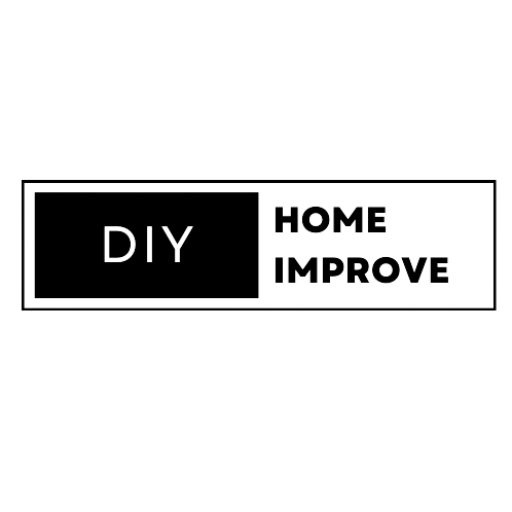Frustrated by persistent plumbing troubles in your home? It’s no secret that plumbing issues can be a real nuisance. But before reaching for the phone to call a professional plumber, consider this:
Arming yourself with some basic know-how and the appropriate tools can empower you to diagnose and resolve common Plumbing Tips and Tricks woes independently.
Within this comprehensive guide, we’ll explore common Plumbing Tips and Tricks homeowners often face, providing step-by-step DIY solutions to help you regain control of your plumbing system.
Plumbing Tips and Tricks for DIY Enthusiasts
1. Identifying and Fixing Leaks
Dripping faucets and leaky pipes are a familiar headache for many homeowners. These problems don’t only waste water and money but can also lead to significant structural harm if ignored. To repair a leak, adhere to the subsequent instructions:
- Turn off the water supply to the affected area.
- Examine the source of the leak.
- Tighten loose connections or replace damaged seals.
- Use plumber’s tape or compound for a temporary fix until permanent repairs can be made.
2. Dealing with Noisy Pipes
If you hear clanging, banging, or other strange noises coming from your pipes, it’s likely due to water hammer, loose pipes, or expanding/contracting pipes. To quiet your plumbing system and enhance its performance, consider implementing some plumbing tips and tricks.
- Install water hammer arrestors to reduce abrupt pressure changes.
- Secure loose pipes with pipe clamps.
- Insulate pipes to reduce temperature-related noise.
3. Addressing Low Water Pressure
Dealing with low water pressure isn’t a one-size-fits-all solution, as it can stem from various sources, such as mineral build-up in your pipes, clogs, or even problems with the municipal water supply. To address this issue, consider the following:
- Check for clogs in faucet aerators and showerheads. Clean or replace as needed.
- Inspect your main water shut-off valve. Ensure it’s fully open.
- If the issue persists, contact your water utility provider.
4. Sudden Drops in Hot Water Supply
Running short of hot water in the middle of your shower is a common source of frustration. In case this happens, adhere to the subsequent steps:
- Your initial action should involve confirming that your water heater’s temperature setting is accurate, typically at around 120°F or 49°C.
- Check for sediment buildup in the tank and flush it out if necessary.
- Inspect the heating element or gas burner. Replace if damaged.
5. What to Do When the Toilet Keeps Running
A continuously running toilet can waste a significant amount of water. To fix this issue:
- Open the toilet tank and inspect the flapper valve and float ball.
- Adjust the float ball to control water level or replace the flapper valve if it’s worn out.
- Check for a faulty fill valve and replace it if necessary.
6. Addressing Sluggish Sink and Tub Drains
If your sinks and bathtubs are draining slowly, the culprit is often a clog. Here’s how to tackle the issue:
- Employ a plunger to eliminate minor clogs.
- Take out the drain stopper and utilize a drain snake or auger to dislodge and clear the obstruction.
- You can also opt for natural drain cleaning methods, such as a mixture of baking soda and vinegar, for less severe clogs.
Related Article – Common Kitchen Sink Drain Problems and How to Solve Them
7. Strange Odors from Drains
Foul odors coming from your drains can be unpleasant. To eliminate these odors:
- Pour hot water and baking soda down the drain to help break down organic matter.
- Follow with white vinegar to neutralize odors.
- Use enzyme-based drain cleaners to maintain clean and odor-free drains.
8. Frozen Pipe Solutions
During cold winters, frozen pipes can be a significant concern. To thaw frozen pipes and prevent them from bursting:
- Turn off the water supply to the affected area.
- Use a space heater, heat lamp, or a hairdryer to gently thaw the pipe.
- Insulate pipes to prevent future freezing.
9. Handling Sewer Backup Situations
Sewer backups can be a severe and unpleasant problem. If you suspect a sewer line issue:
- Avoid using any water or flushing toilets to prevent further backup.
- Call a professional plumber to inspect and resolve the issue.
10. Quick Fixes for Plumbing Emergencies
In the event of a plumbing emergency, it’s essential to stay calm. Quick fixes can help until professional help arrives:
- Shut off the water supply to the affected area or the entire house.
- Use a pipe clamp or plumber’s tape for temporary repairs.
- Know the location of your main shut-off valve and how to use it.
While these at-home solutions, along with some invaluable Plumbing Tips and Tricks, can effectively address many prevalent plumbing issues, it’s essential to acknowledge that there will be circumstances where the expertise of a qualified plumber is indispensable.
If you find yourself unsure about the problem or unable to implement the fixes independently, it’s prudent to contact a licensed professional.
Acquiring proficiency in these troubleshooting techniques can translate into time and cost savings when it comes to managing routine plumbing complications within your home.




